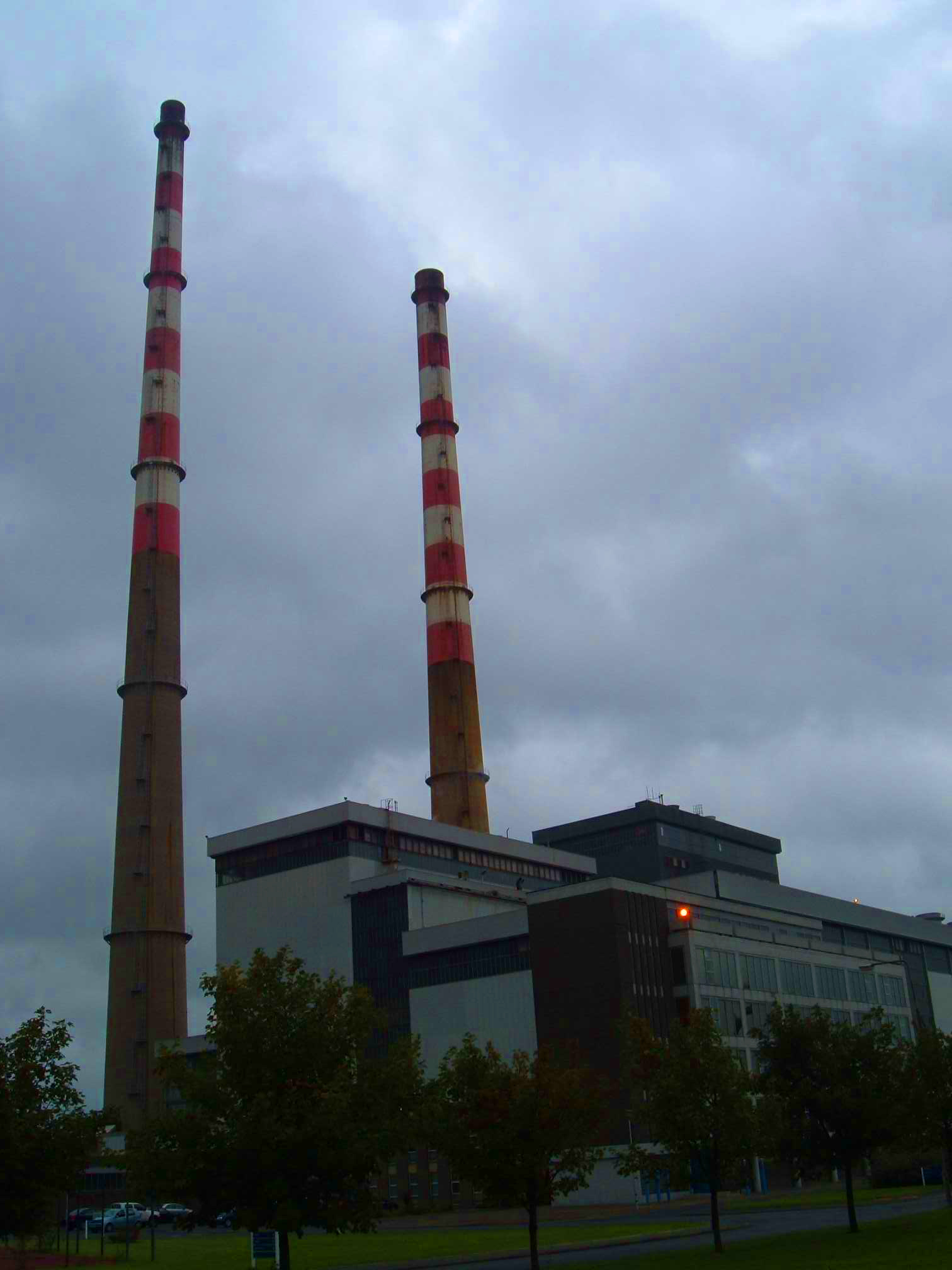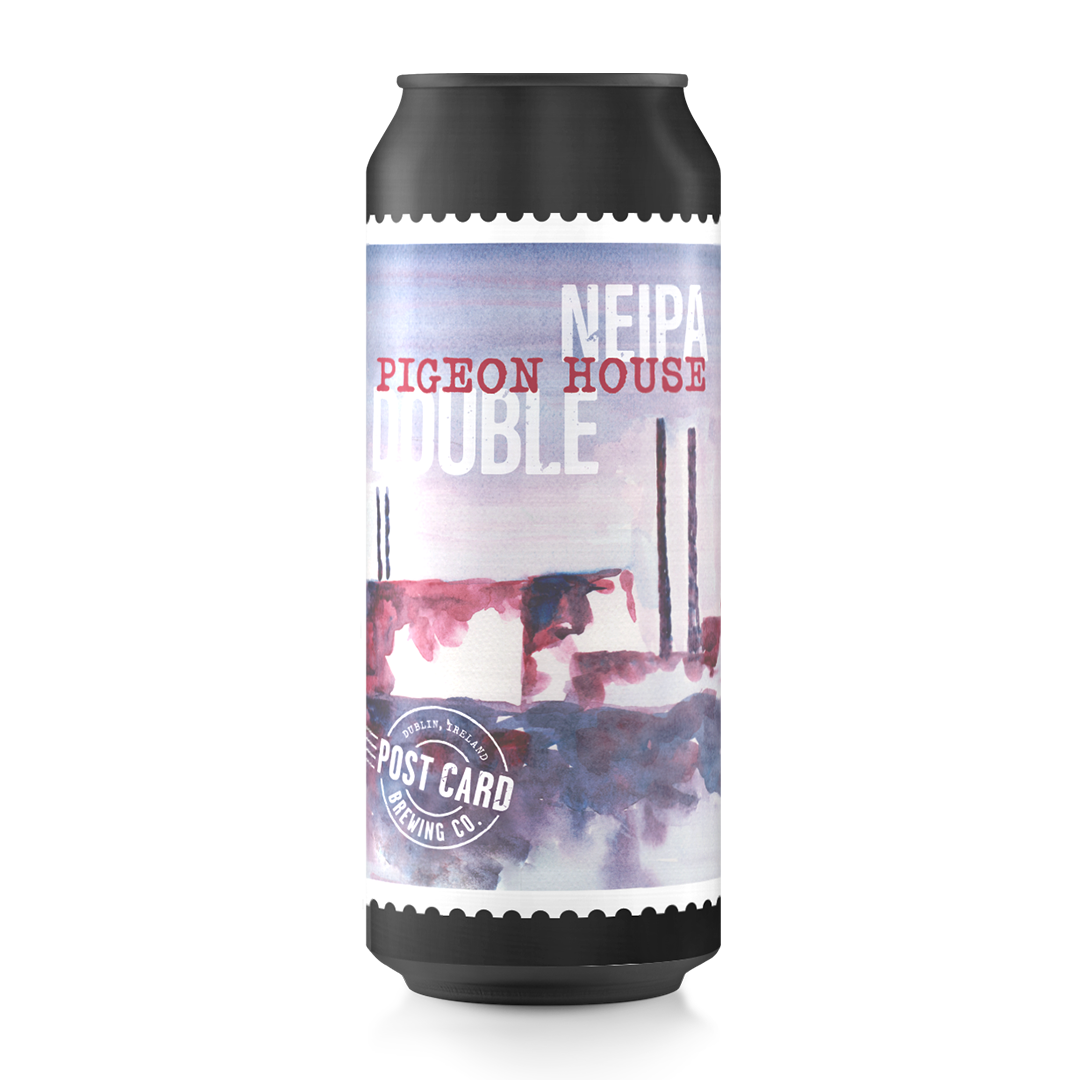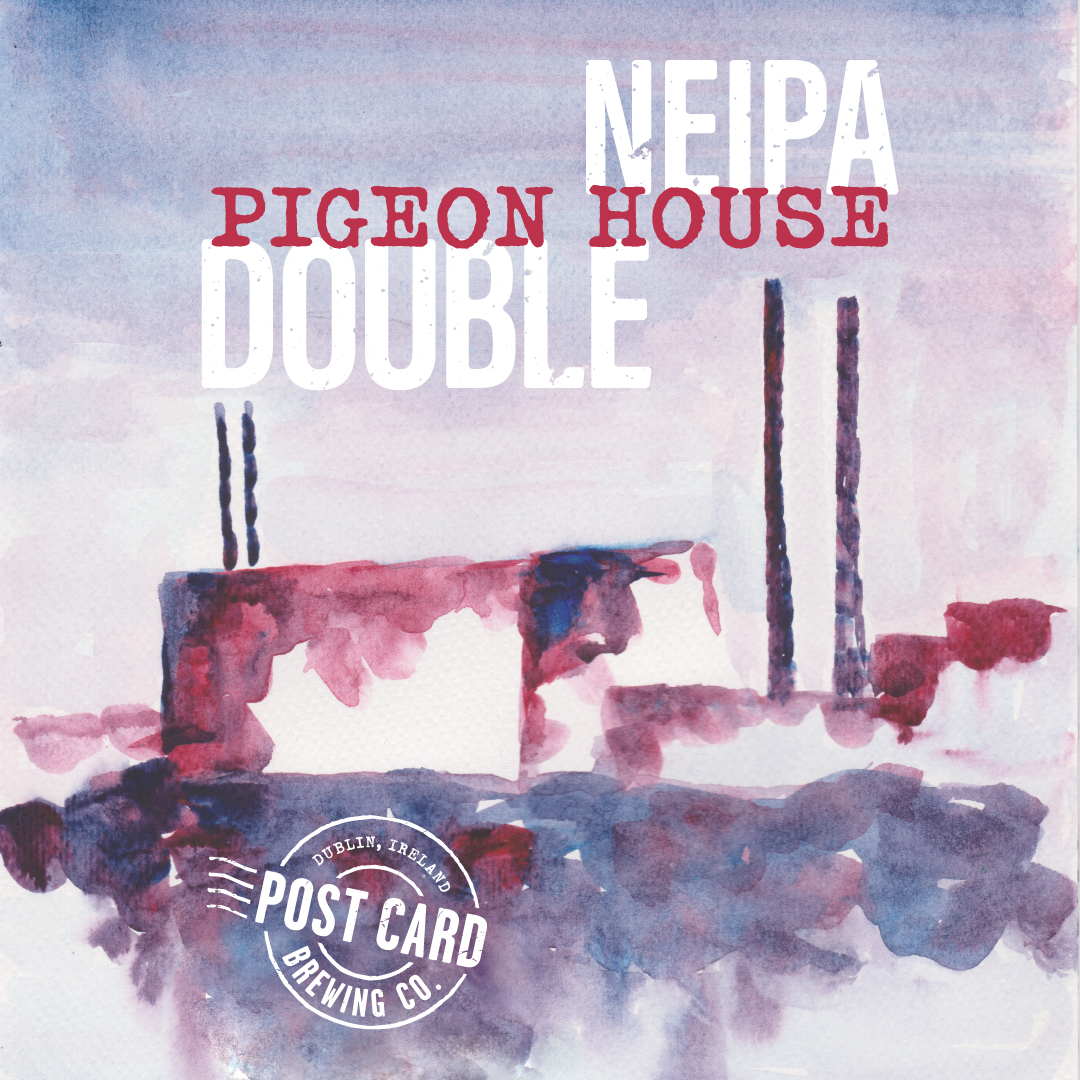Pidgeon House DNEIPA
Looking across Ringsend on the southside across the Dublin Bay the view towards the Poolbeg peninsula lies the Pigeon House. Named after John Pidgeon, the caretaker who was helped outfit builders while the Great South wall was built circa 1760. A fort, restaurant, hotel and power station have all occupied this reclaimed land which has been an integral part of Irish history.
This is the big brother of the Poolbeg Haze. A similar recipe with more. More grain, more hops, more dry hopping and more time to get this cracker of a beer to the 8% ABV. So amazing with it’s strong fruity notes on the tongue and fantastic aroma on the nose. Enjoy!

On the southside, across the Dublin Bay, towards the Poolbeg Peninsula, sits the Pigeon House. Consisting of a large, 3-storey hotel and a long defunct power station, this enduring relic is a historically rich and significant Dublin site.
Named, not after the bird, but a caretaker known as John Pidgeon, The Pigeon House began life as a watchhouse to aid builders in the early 1760s as they made work on the Great South Wall.
The watchhouse would receive travelers from both England and Europe by ship, as they would arrive to and depart from the South Wall. Given the long trip involved, travelers would be tired and hungry after their voyages. As a result, Pidgeon began to sell and serve food and drink to these visitors. The Pigeon House eventually became a local phenomenon, serving even as an attraction to the people of Dublin, who Mr Pidgeon himself would provide boat trips to.
In 1795, a larger Pigeon House was completed and used as a hotel for those arriving in from the sea. This is the Pigeon House we know today. Albeit, no longer active as a hotel, the 3-storey building is still available to rent out to the public for offices or filming.
When the English feared that they may be invaded by the French, among other anxieties following the 1798 Irish Rebellion, they took precaution by building a fort close to the hotel to protect Dublin Bay. The Pigeon House Fort would also serve as a final escape route from Ireland to England should a successful rebellion ever take place. The fort was maintained by the Department of War from 1814 to 1897, when The Pigeon House complex was eventually purchased by the Dublin Corporation and used as a means of producing energy for the city.
The Pigeon House power station would go on to provide electricity to the people of Dublin until being decommissioned in 1976, passing on the torch to its younger, soon to be iconic, brother, The Poolbeg Power Station.


